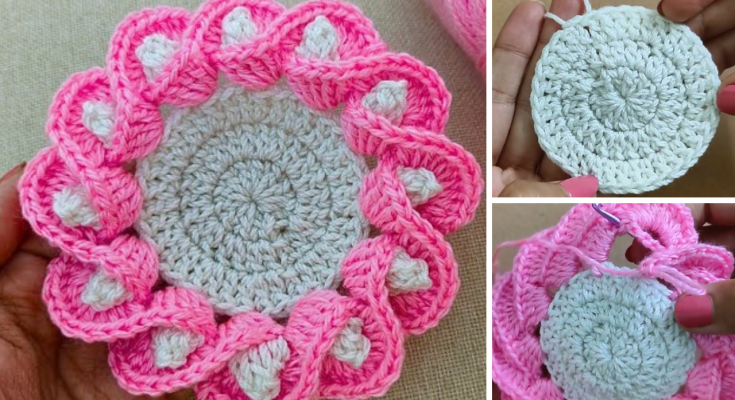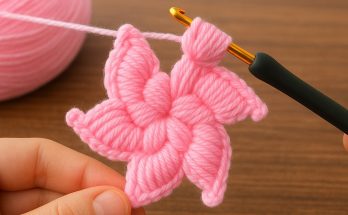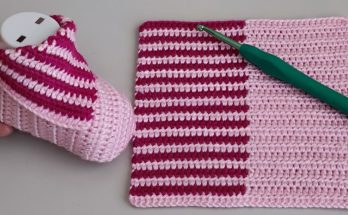Crochet has been cherished for centuries across the globe, not only for its aesthetic beauty but also for its functionality and emotional significance. Among the many items created through this art form, the thalposh holds a special place in South Asian homes. More than just a decorative cover, the crocheted thalposh is a beautiful blend of culture, tradition, and craftsmanship. Whether it’s used to serve food during festivals or to decorate a table for guests, a crochet thalposh brings warmth, elegance, and a story of heritage into the home.
This article takes an in-depth look at what a crochet thalposh is, its cultural and aesthetic importance, how it’s made, and why it continues to charm homes worldwide today.
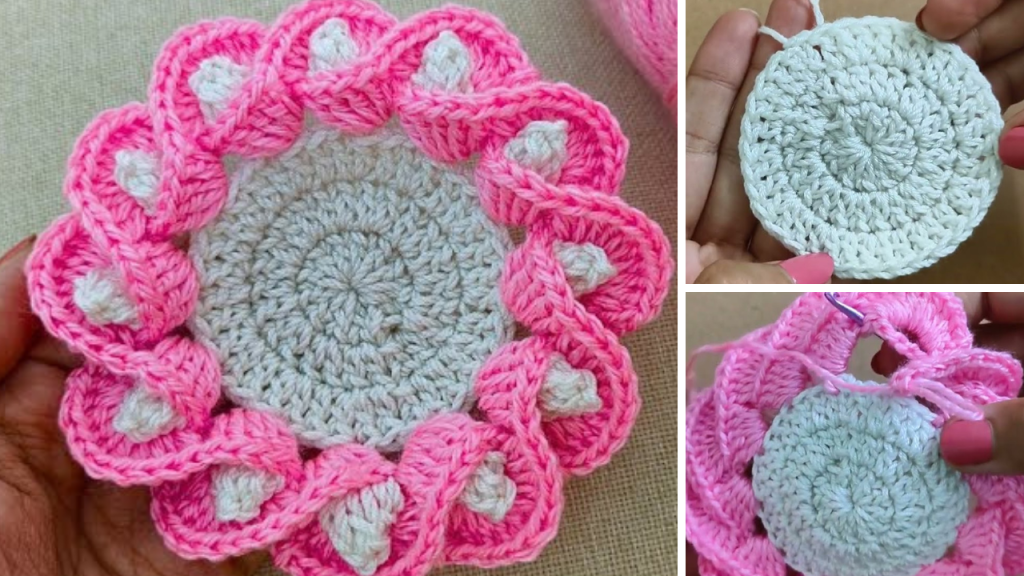
What Is a Thalposh?
The term thalposh comes from two Urdu words: thal (platter or large dish) and posh (cover). Literally, it means “cover for a platter.” Traditionally, it is used to cover food, especially in households where meals are served with care, hospitality, and respect.
Crocheted thalposh — often handmade with love — are typically round or square and can be plain or highly intricate. They may be used to:
- Cover food served to guests
- Cover trays or dishes during special occasions
- Decorate dining tables or center tables
- Serve as a token of gift-giving, especially in bridal trousseaus
Historical and Cultural Significance
1. Symbol of Hospitality
In South Asian cultures, offering food to guests is a sacred and respected tradition. A thalposh ensures that the food remains clean and presentable while also adding a personal touch. Using a crochet thalposh signifies not just care, but also a sense of beauty and pride in hospitality.
2. Traditional Craft Passed Down Generations
Thalposh-making is often a skill passed down from mothers to daughters. Young girls are taught the art of crochet as part of their cultural education. Creating thalposh became part of wedding preparations, dowries, and family traditions.
3. Part of Bridal Trousseau
In many regions of Pakistan and India, brides-to-be include handmade items such as doilies, thalposh, and tablecloths in their jahiz (dowry). These items are not only useful but also symbolize the bride’s skills and the family’s heritage.
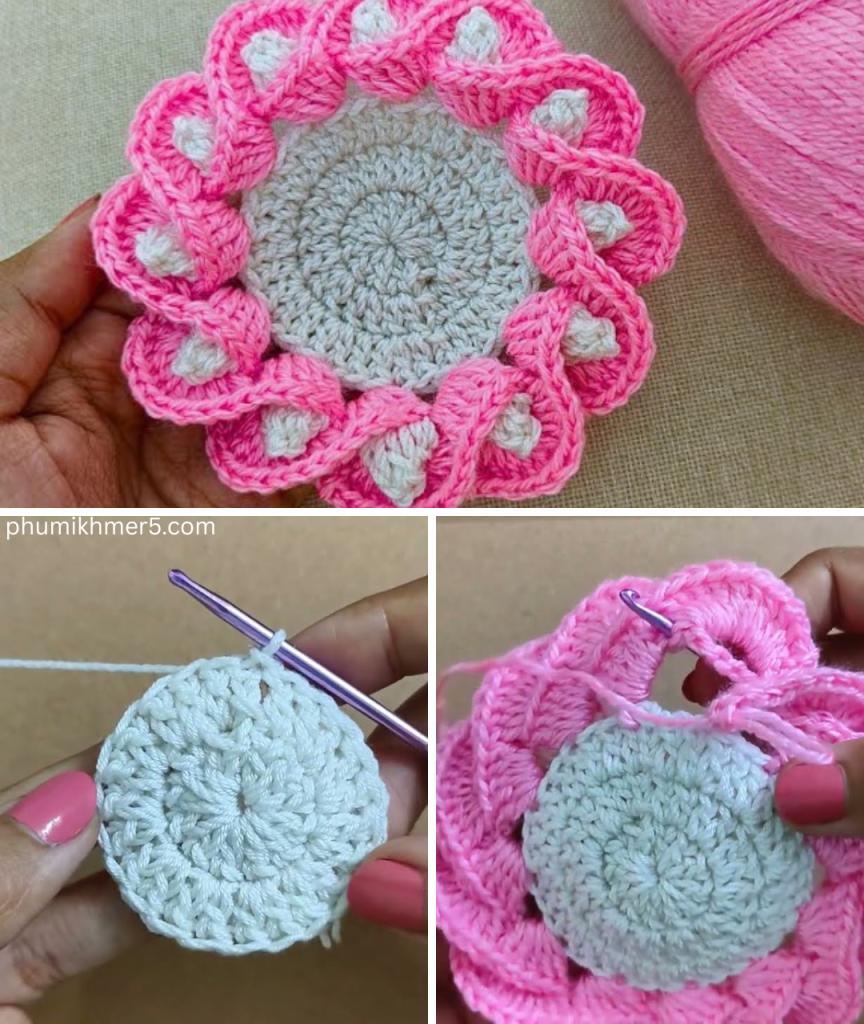
Features of a Crochet Thalposh
A crochet thalposh is a labor of love, designed meticulously with attention to detail. Here are the common features:
1. Shape and Size
- Circular designs are most common, resembling the shape of traditional serving platters.
- Square or rectangular shapes are also popular, especially for covering trays or table surfaces.
- Sizes can range from 12 inches to 36 inches or more, depending on usage.
2. Materials
- Cotton thread or mercerized cotton is preferred for its durability and elegance.
- Metallic threads, silk yarns, or blended fibers may be used for decorative purposes.
3. Patterns
- Floral motifs, mandalas, lacy designs, pineapples, and geometric patterns are frequently used.
- Some thalposh are embellished with:
- Beads
- Sequins
- Crochet roses or leaves
- Fringes or tassels
Why Choose a Crochet Thalposh Today?
1. Blends Tradition with Modern Style
A thalposh can easily become a statement piece in modern interior design. Whether it’s a rustic wooden table or a sleek glass one, a well-crafted crochet thalposh adds texture, warmth, and history.
2. Sustainable and Handmade
Unlike synthetic tablecloths or plastic covers, crochet thalposh are eco-friendly, often made from natural fibers and by hand. Supporting handmade crochet also supports artisans and preserves traditional crafts.
3. Unique Gifting Option
Whether for a wedding, housewarming, or festive gift, a crochet thalposh stands out as a thoughtful, customizable, and artistic present.
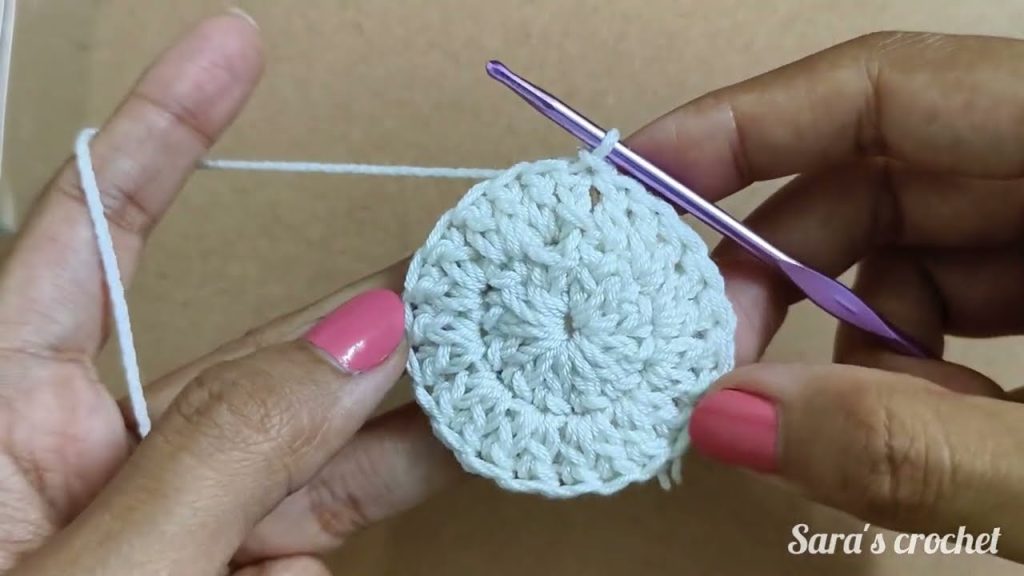
How to Make a Crochet Thalposh
Basic Tools and Materials:
- Crochet thread (size #10 or #20)
- Steel crochet hook (typically 1.25mm to 1.75mm)
- Stitch markers (optional)
- Tapestry needle for weaving in ends
- Beads, sequins, or tassels (optional)
Basic Techniques Required:
- Chain stitch (ch)
- Slip stitch (sl st)
- Single crochet (sc)
- Double crochet (dc)
- Treble crochet (tr)
- Shell stitch
- Picot stitch
Sample Pattern Outline (Circular Thalposh):
Note: This is a simplified version. More advanced patterns may have 50+ rounds with intricate motifs.
- Start with a magic ring, ch 3 (counts as first dc), work 11 dc into the ring. Join. (12 dc)
- Round 2: 2 dc in each stitch around. Join. (24 dc)
- Round 3: 1 dc in next st, 2 dc in next st repeat around. Join.
- Round 4-15: Continue increasing evenly as per circular pattern rule.
- Round 16: Start shell stitch border: Skip 1 st, 5 dc in next, skip 1 st, sc in next — repeat.
- Final round: Add picot edging or attach tassels if desired.
You can customize the colors, switch to floral motifs, or add lace rows for a more delicate look.
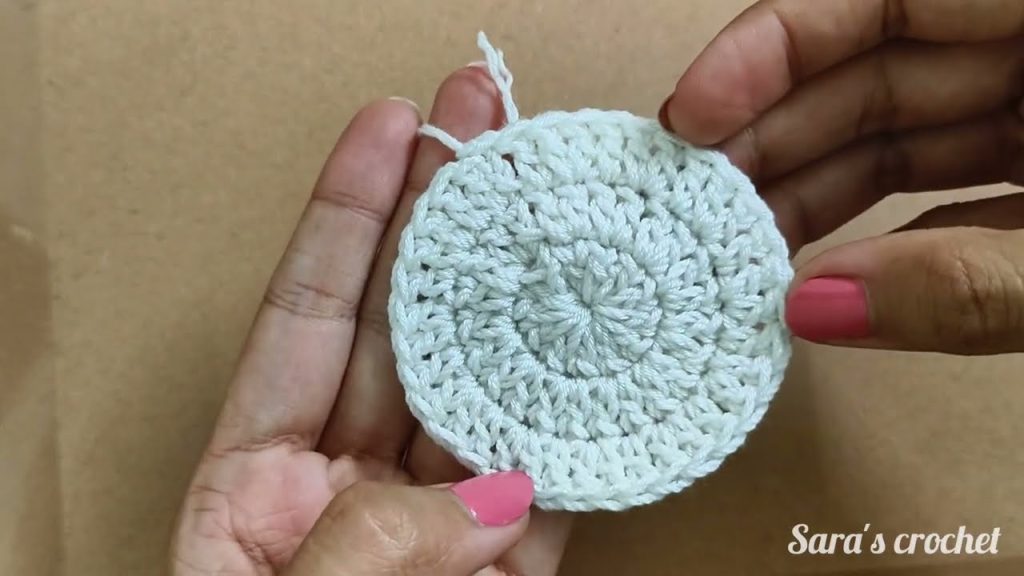
Design Inspirations for Crochet Thalposh
1. Classic White Lace Thalposh
Perfect for formal dining settings or wedding gifts. Pairs well with antique furniture or vintage tea sets.
2. Multicolored Mandala Thalposh
Bright, circular patterns often used during festivals like Eid or Diwali. These are vibrant and can serve as table centerpieces.
3. Floral Granny Square Thalposh
Assembled from small squares joined together. Each square can have a unique flower or color theme.
4. Beaded Edge Thalposh
Delicate crochet patterns with beadwork around the border – elegant and great for serving guests during special occasions.
Care and Maintenance Tips
To preserve your thalposh for years:
- Hand wash gently in cold water with mild soap.
- Avoid wringing or twisting.
- Lay flat to dry on a towel to maintain shape.
- If needed, block the thalposh by pinning it to a soft surface to retain its structure.
- Store in a dry place, away from direct sunlight, to avoid fading.
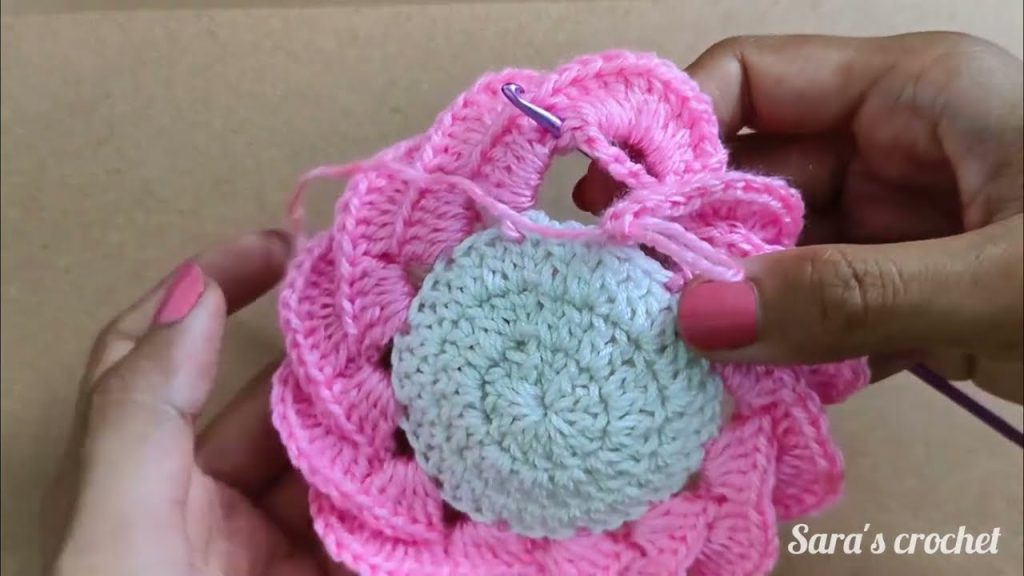
Thalposh in Modern Home Décor
Incorporating crochet thalposh into today’s décor is surprisingly easy:
- Dining Tables: Use as an underlay for dishes during family dinners.
- Side Tables: Place beneath lamps or vases for added charm.
- Festive Displays: Set the thalposh under platters of sweets or fruits during celebrations.
- Wall Hangings: Stretch a circular thalposh inside an embroidery hoop for instant wall art.
- Tray Liners: Add elegance to serving trays with a smaller version.
Conclusion: A Timeless Tradition with Endless Possibilities
The crochet thalposh is more than just a decorative table cover — it’s a piece of living tradition, a tribute to the hands that made it, and a celebration of the culture it represents. Whether passed down from generations or newly made with modern threads and colors, a thalposh holds a place of pride in every home it graces.
As the world rediscovers the beauty of handmade, sustainable living, crochet thalposh stands as a perfect example of how heritage can be both beautiful and functional. It’s time to bring this timeless décor back to our tables — one stitch at a time.
Video tutorial:
